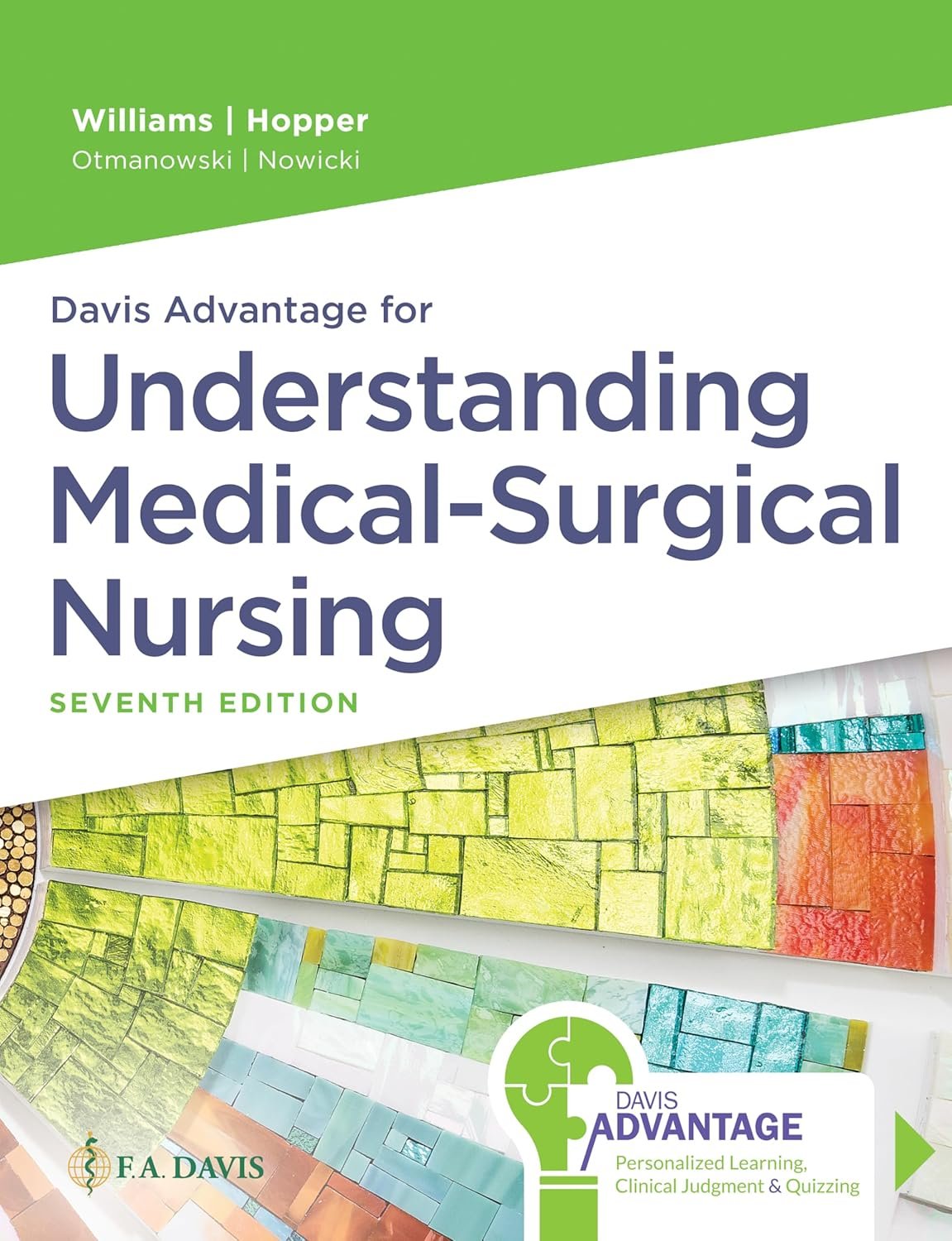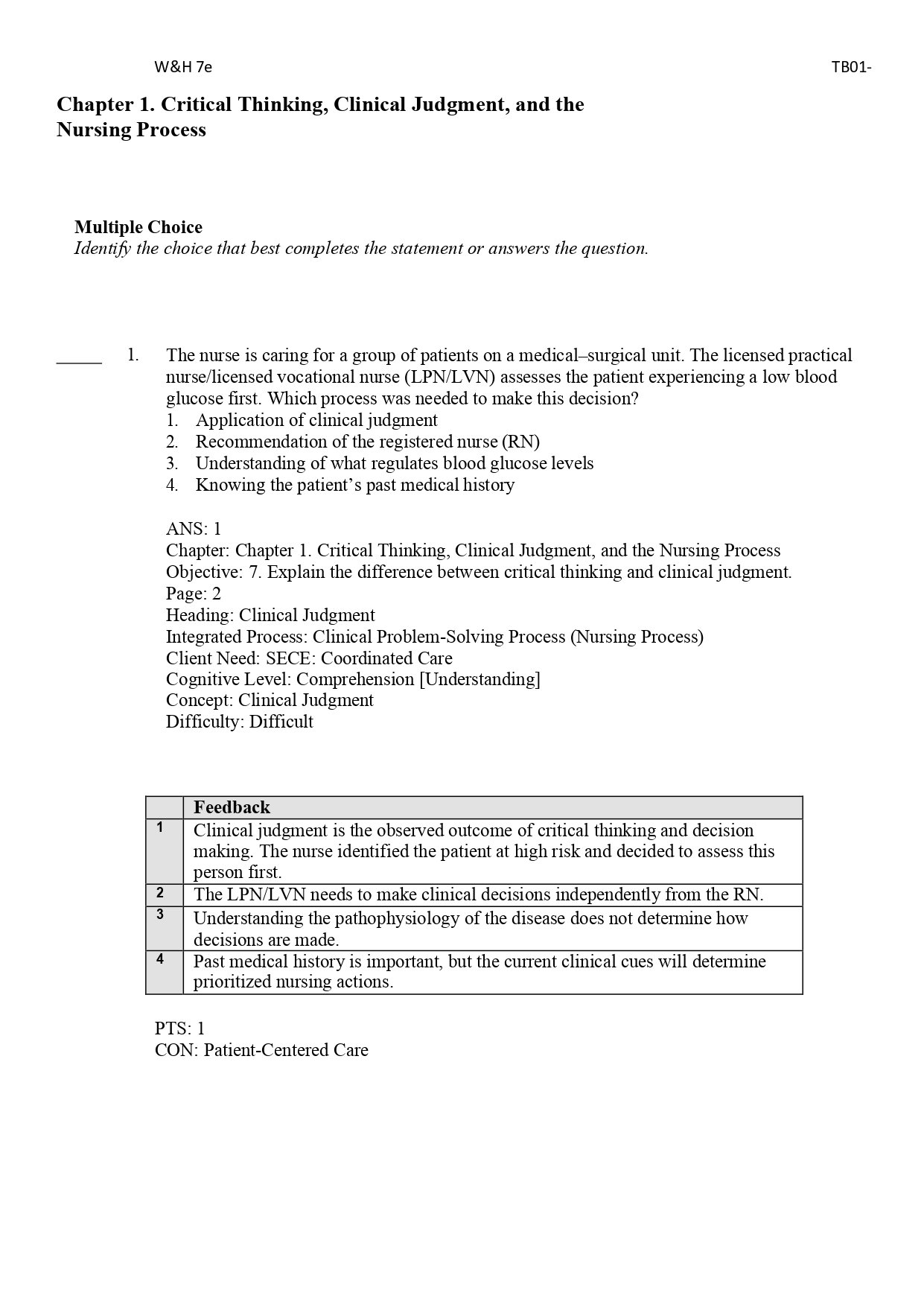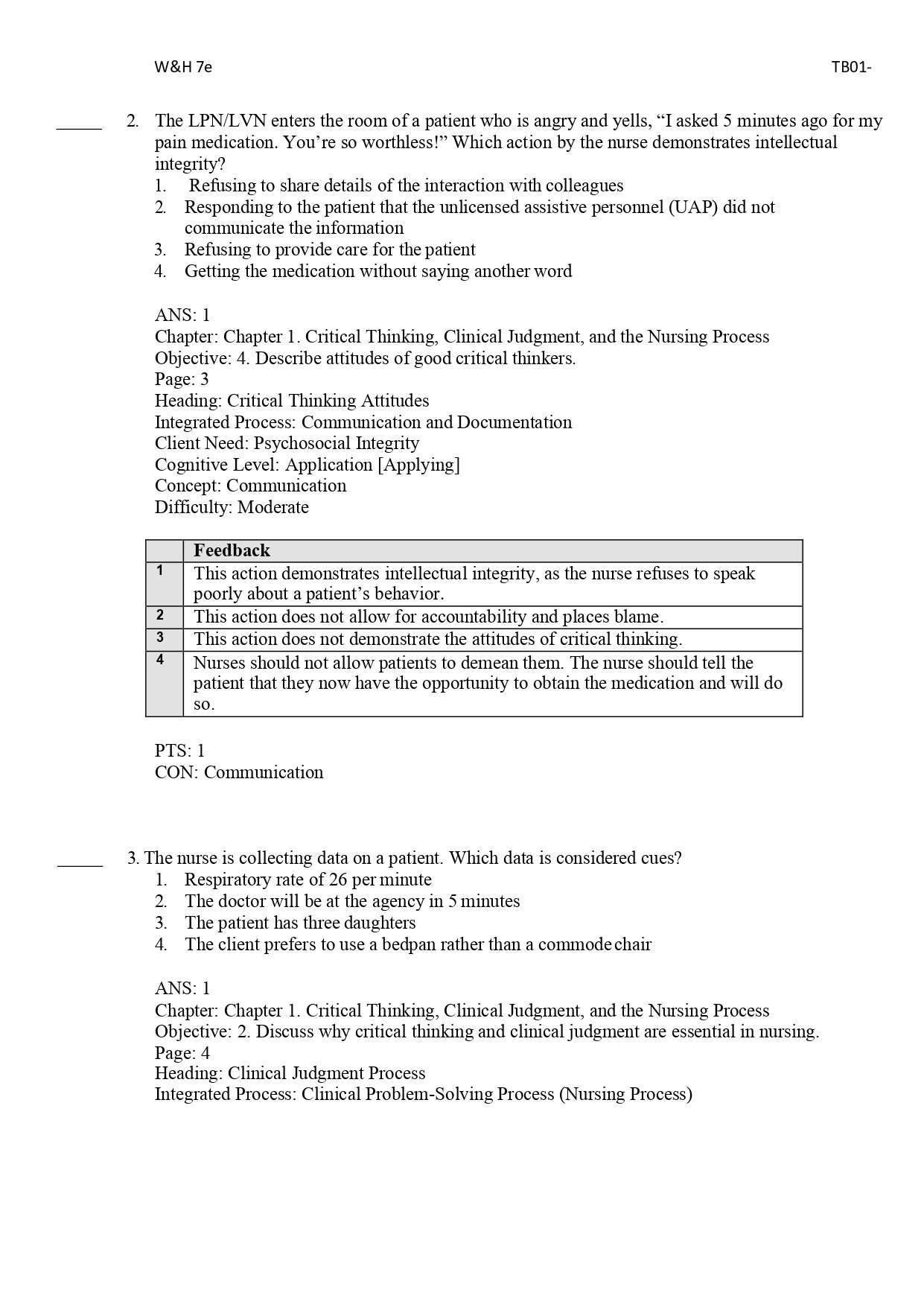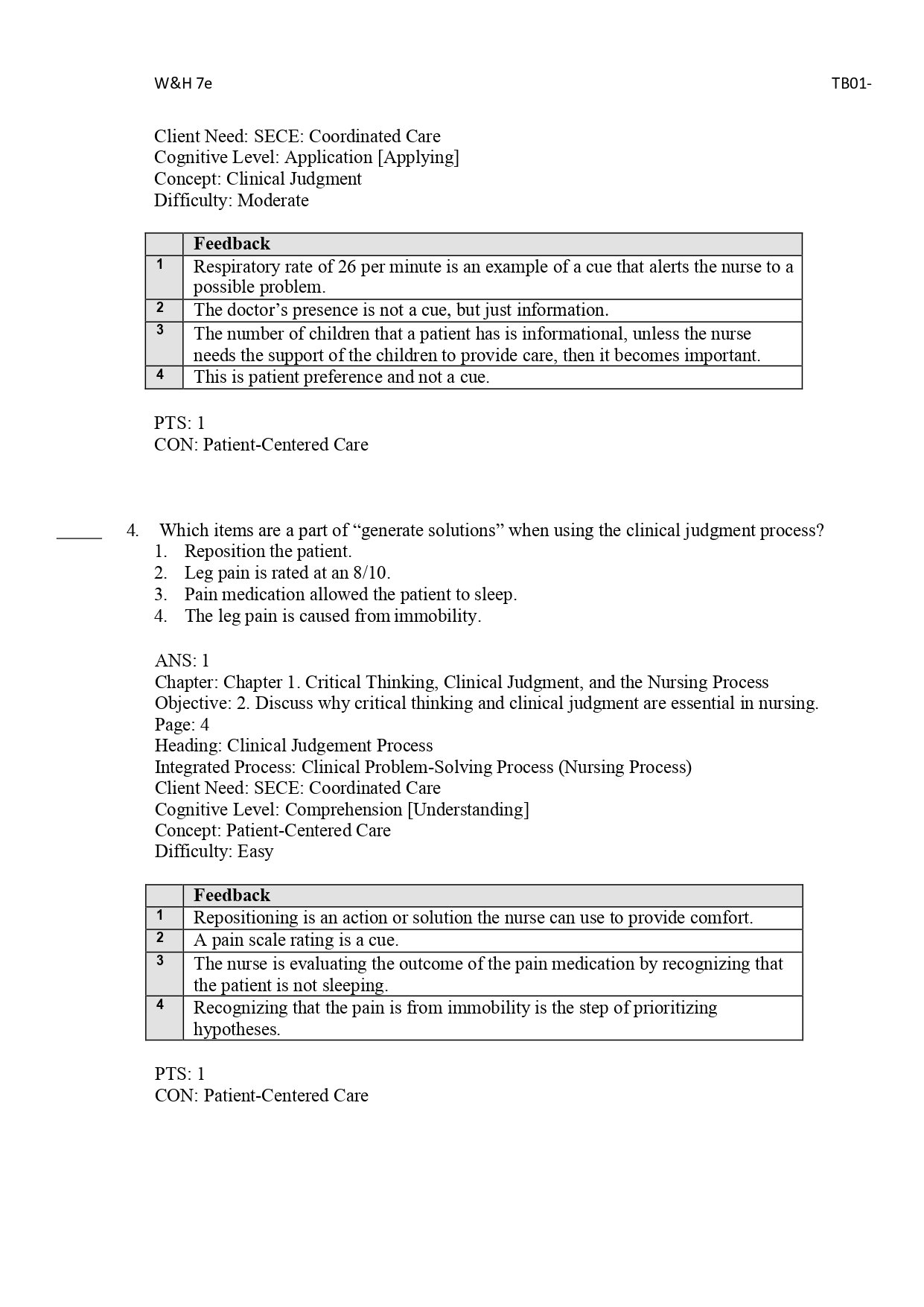Test Bank — Davis Advantage for Understanding Medical-Surgical Nursing, 7th Edition
$26.00 Original price was: $26.00.$23.00Current price is: $23.00.
Instant PDF Download — The Davis Advantage for Understanding Medical-Surgical Nursing, 7th Edition Test Bank by Linda S. Williams & Paula D. Hopper includes NCLEX®-style multiple-choice, SATA, and clinical scenario questions with detailed rationales. Designed for med-surg mastery and exam prep.

Description
Instant PDF Download — The Davis Advantage for Understanding Medical-Surgical Nursing, 7th Edition Test Bank by Linda S. Williams and Paula D. Hopper provides hundreds of NCLEX®-style Medical-Surgical Nursing questions with detailed rationales. Perfect for nursing students preparing for clinical exams, classroom quizzes, and NCLEX success.
About This Davis Advantage Test Bank (7th Edition)
The Davis Advantage for Understanding Medical-Surgical Nursing 7th Edition Test Bank PDF is the complete, instructor-verified collection of Williams and Hopper’s Med-Surg Nursing questions and answers. Each question includes rationales, cognitive levels, and NCLEX categories designed to enhance critical thinking, clinical judgment, and nursing process mastery.
Compatible with all devices — this instant download offers structured study material to help you pass exams and strengthen real-world nursing decision-making skills.
Table of Contents – Chapters Covered
This comprehensive Medical-Surgical Nursing test bank follows the same chapter sequence as Williams & Hopper’s Davis Advantage for Understanding Medical-Surgical Nursing (7e) textbook.
I. UNDERSTANDING HEALTH CARE ISSUES
- 1. Critical Thinking, Clinical Judgment, and the Nursing Process
- 2. Evidence-Based Practice
- 3. Issues in Nursing Practice
- 4. Cultural Influences on Nursing Care
- 5. Complementary and Alternative Modalities
II. UNDERSTANDING HEALTH AND ILLNESS
- 6. Nursing Care of Patients with Fluid, Electrolyte, and Acid-Base Imbalances
- 7. Nursing Care of Patients Receiving Intravenous Therapy
- 8. Nursing Care of Patients With Infections
- 9. Nursing Care of Patients in Shock
- 10. Nursing Care of Patients in Pain
- 11. Nursing Care of Patients With Cancer
- 12. Nursing Care of Patients Having Surgery
- 13. Nursing Care of Patients With Emergent Conditions and Disaster/Bioterrorism Response
III. UNDERSTANDING LIFE SPAN INFLUENCES ON HEALTH AND ILLNESS
- 14. Developmental Considerations in the Nursing Care of Adults
- 15. Nursing Care of Older Adult Patients
- 16. Patient Care Settings
- 17. Nursing Care of Patients at the End of Life
IV. UNDERSTANDING THE IMMUNE SYSTEM
- 18. Immune System Function, Data Collection, and Therapeutic Measures
- 19. Nursing Care of Patients With Immune Disorders
- 20. Nursing Care of Patients With HIV Disease and AIDS
V. UNDERSTANDING THE CARDIOVASCULAR SYSTEM
- 21. Cardiovascular System Function, Data Collection, and Therapeutic Measures
- 22. Nursing Care of Patients With Hypertension
- 23. Nursing Care of Patients With Valvular, Inflammatory, and Infectious Cardiac or Venous Disorders
- 24. Nursing Care of Patients With Occlusive Cardiovascular Disorders
- 25. Nursing Care of Patients With Cardiac Arrhythmias
- 26. Nursing Care of Patients With Heart Failure
VI. UNDERSTANDING THE HEMATOLOGIC AND LYMPHATIC SYSTEMS
- 27. Hematologic and Lymphatic System Function, Data Collection, and Therapeutic Measures
- 28. Nursing Care of Patients With Hematologic and Lymphatic Disorders
VII. UNDERSTANDING THE RESPIRATORY SYSTEM
- 29. Respiratory System Function, Data Collection, and Therapeutic Measures
- 30. Nursing Care of Patients With Upper Respiratory Tract Disorders
- 31. Nursing Care of Patients With Lower Respiratory Tract Disorders
VIII. UNDERSTANDING THE GASTROINTESTINAL, HEPATIC, AND PANCREATIC SYSTEMS
- 32. Gastrointestinal, Hepatobiliary, and Pancreatic Systems Function, Data Collection, and Therapeutic Measures
- 33. Nursing Care of Patients With Upper Gastrointestinal Disorders
- 34. Nursing Care of Patients With Lower Gastrointestinal Disorders
- 35. Nursing Care of Patients With Liver, Pancreatic, and Gallbladder Disorders
IX. UNDERSTANDING THE URINARY SYSTEM
- 36. Urinary System Function, Data Collection, and Therapeutic Measures
- 37. Nursing Care of Patients With Disorders of the Urinary System
X. UNDERSTANDING THE ENDOCRINE SYSTEM
- 38. Endocrine System Function and Data Collection
- 39. Nursing Care of Patients With Disorders of the Endocrine System
- 40. Nursing Care of Patients With Disorders of the Endocrine Pancreas
XI. UNDERSTANDING THE GENITOURINARY AND REPRODUCTIVE SYSTEMS
- 41. Genitourinary and Reproductive System Function and Data Collection
- 42. Nursing Care of Women With Reproductive System Disorders
- 43. Nursing Care of Male Patients With Genitourinary Disorders
- 44. Nursing Care of Patients With Sexually Transmitted Infections
XII. UNDERSTANDING THE MUSCULOSKELETAL SYSTEM
- 45. Musculoskeletal Function and Data Collection
- 46. Nursing Care of Patients With Musculoskeletal and Connective Tissue Disorders
XIII. UNDERSTANDING THE NEUROLOGIC SYSTEM
- 47. Neurologic System Function, Data Collection, and Therapeutic Measures
- 48. Nursing Care of Patients With Central Nervous System Disorders
- 49. Nursing Care of Patients With Cerebrovascular Disorders
- 50. Nursing Care of Patients With Peripheral Nervous System Disorders
XIV. UNDERSTANDING THE SENSORY SYSTEM
- 51. Sensory System Function, Data Collection, and Therapeutic Measures: Vision and Hearing
- 52. Nursing Care of Patients With Sensory Disorders: Vision and Hearing
XV. UNDERSTANDING THE INTEGUMENTARY SYSTEM
- 53. Integumentary System Function, Data Collection, and Therapeutic Measures
- 54. Nursing Care of Patients With Skin Disorders
- 55. Nursing Care of Patients With Burns
XVI. UNDERSTANDING MENTAL HEALTH CARE
- 56. Mental Health Function, Data Collection, and Therapeutic Measures
- 57. Nursing Care of Patients With Mental Health Disorders
Why This Table of Contents Matters
This complete Williams & Hopper Davis Advantage 7th Edition Test Bank covers all body systems and nursing disciplines — from cardiovascular and endocrine care to neurology, hematology, and mental health. Each chapter aligns with nursing process, NCLEX® standards, and clinical judgment frameworks, ensuring you master every topic tested in nursing programs.
Sample Questions – Chapter 1: Critical Thinking, Clinical Judgment, and the Nursing Process
Below are examples of NCLEX-style Med-Surg Nursing questions from Davis Advantage 7th Edition by Williams & Hopper.
Multiple Choice Identify the choice that best completes the statement or answers the question. 1. The nurse is caring for a group of patients on a medical–surgical unit. The licensed practical nurse/licensed vocational nurse (LPN/LVN) assesses the patient experiencing a low blood glucose first. Which process was needed to make this decision? 1. Application of clinical judgment 2. Recommendation of the registered nurse (RN) 3. Understanding of what regulates blood glucose levels 4. Knowing the patient’s past medical history ANS: 1 Chapter: Chapter 1. Critical Thinking, Clinical Judgment, and the Nursing Process Objective: 7. Explain the difference between critical thinking and clinical judgment. Page: 2 Heading: Clinical Judgment Integrated Process: Clinical Problem-Solving Process (Nursing Process) Client Need: SECE: Coordinated Care Cognitive Level: Comprehension [Understanding] Concept: Clinical Judgment Difficulty: Difficult Feedback 1 Clinical judgment is the observed outcome of critical thinking and decision making. The nurse identified the patient at high risk and decided to assess this person first. 2 The LPN/LVN needs to make clinical decisions independently from the RN. 3 Understanding the pathophysiology of the disease does not determine how decisions are made. 4 Past medical history is important, but the current clinical cues will determine prioritized nursing actions. PTS: 1 CON: Patient-Centered Care 2. The LPN/LVN enters the room of a patient who is angry and yells, “I asked 5 minutes ago for my pain medication. You’re so worthless!” Which action by the nurse demonstrates intellectual integrity? 1. Refusing to share details of the interaction with colleagues 2. Responding to the patient that the unlicensed assistive personnel (UAP) did not communicate the information 3. Refusing to provide care for the patient 4. Getting the medication without saying another word ANS: 1 Chapter: Chapter 1. Critical Thinking, Clinical Judgment, and the Nursing Process Objective: 4. Describe attitudes of good critical thinkers. Page: 3 Heading: Critical Thinking Attitudes Integrated Process: Communication and Documentation Client Need: Psychosocial Integrity Cognitive Level: Application [Applying] Concept: Communication Difficulty: Moderate Feedback 1 This action demonstrates intellectual integrity, as the nurse refuses to speak poorly about a patient’s behavior. 2 This action does not allow for accountability and places blame. 3 This action does not demonstrate the attitudes of critical thinking. 4 Nurses should not allow patients to demean them. The nurse should tell the patient that they now have the opportunity to obtain the medication and will do so. PTS: 1 CON: Communication 3. The nurse is collecting data on a patient. Which data is considered cues? 1. Respiratory rate of 26 per minute 2. The doctor will be at the agency in 5 minutes 3. The patient has three daughters 4. The client prefers to use a bedpan rather than a commode chair ANS: 1 Chapter: Chapter 1. Critical Thinking, Clinical Judgment, and the Nursing Process Objective: 2. Discuss why critical thinking and clinical judgment are essential in nursing. Page: 4 Heading: Clinical Judgment Process Integrated Process: Clinical Problem-Solving Process (Nursing Process) Client Need: SECE: Coordinated Care Cognitive Level: Application [Applying] Concept: Clinical Judgment Difficulty: Moderate Feedback 1 Respiratory rate of 26 per minute is an example of a cue that alerts the nurse to a possible problem. 2 The doctor’s presence is not a cue, but just information. 3 The number of children that a patient has is informational, unless the nurse needs the support of the children to provide care, then it becomes important. 4 This is patient preference and not a cue. PTS: 1 CON: Patient-Centered Care
Why Choose This Medical-Surgical Nursing Test Bank?
- Verified Davis Advantage Test Bank PDF with instructor-approved answers and rationales.
- Includes NCLEX®, HESI®, and ATI-style questions to build clinical competence.
- Organized chapter-by-chapter for easier review and focused learning.
- Instant download – start studying immediately after purchase.
- Ideal for nursing students, educators, and NCLEX prep tutors.
Davis Advantage Med-Surg 7th Edition — FAQs
1) What exactly is included in the Davis Advantage for Understanding Medical-Surgical Nursing 7e Test Bank PDF?
You get the complete chapter-by-chapter Medical-Surgical Nursing test bank aligned to Williams & Hopper 7e, featuring NCLEX®/Next-Gen-style multiple-choice, SATA, and scenario questions with concise rationales, difficulty/cognitive levels, and clear topic mapping.
2) Is this an instant digital download? Which devices can I use?
Yes — it’s an instant PDF download. Open and study on a laptop, tablet, or phone. You can search within the PDF, add notes/highlights (reader-dependent), and print selected pages for offline review.
3) How does this help with NCLEX® and Med-Surg course exams?
Questions mirror real exam formats and reinforce clinical judgment, prioritisation, safety, and patient-centered care. Rationales teach the why, helping you retain concepts and perform under timed conditions for both NCLEX® and school exams.
4) Does the test bank follow the exact Davis Advantage (Williams & Hopper) chapter sequence?
Yes. The content is organised to match the Williams & Hopper 7th Edition chapter order (I–XVI), so you can study alongside your textbook and course schedule without reorganising material.
5) Do answers include rationales? Are there sample pages I can preview?
Each item includes a concise, evidence-based rationale. If you’d like a preview, check the product gallery for sample pages that show the question style and explanations before you make a purchase.
Related products
-
Sale!
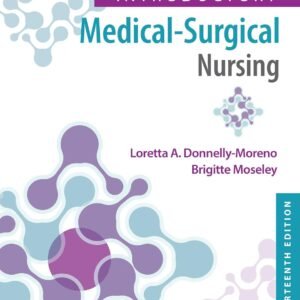
Test Bank for Timby’s Introductory Medical-Surgical Nursing, 13th Edition by Loretta A. Donnelly-Moreno & Brigitte Moseley
$26.00Original price was: $26.00.$23.00Current price is: $23.00. Add to cart -
Sale!
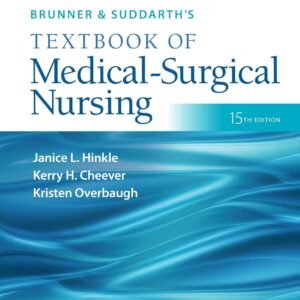
Test Bank for Brunner & Suddarth’s Textbook of Medical-Surgical Nursing, 15th Edition by Janice L. Hinkle
$26.00Original price was: $26.00.$23.00Current price is: $23.00. Add to cart -
Sale!

Test Bank for Leadership Roles and Management Functions in Nursing, 11th Edition
$26.00Original price was: $26.00.$23.00Current price is: $23.00. Add to cart -
Sale!
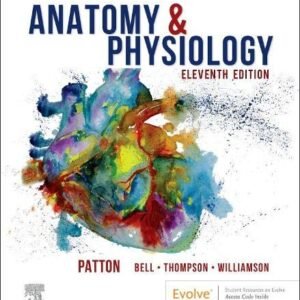
Test Bank for Anatomy and Physiology, 11th Edition by Kevin T. Patton
$26.00Original price was: $26.00.$23.00Current price is: $23.00. Add to cart

